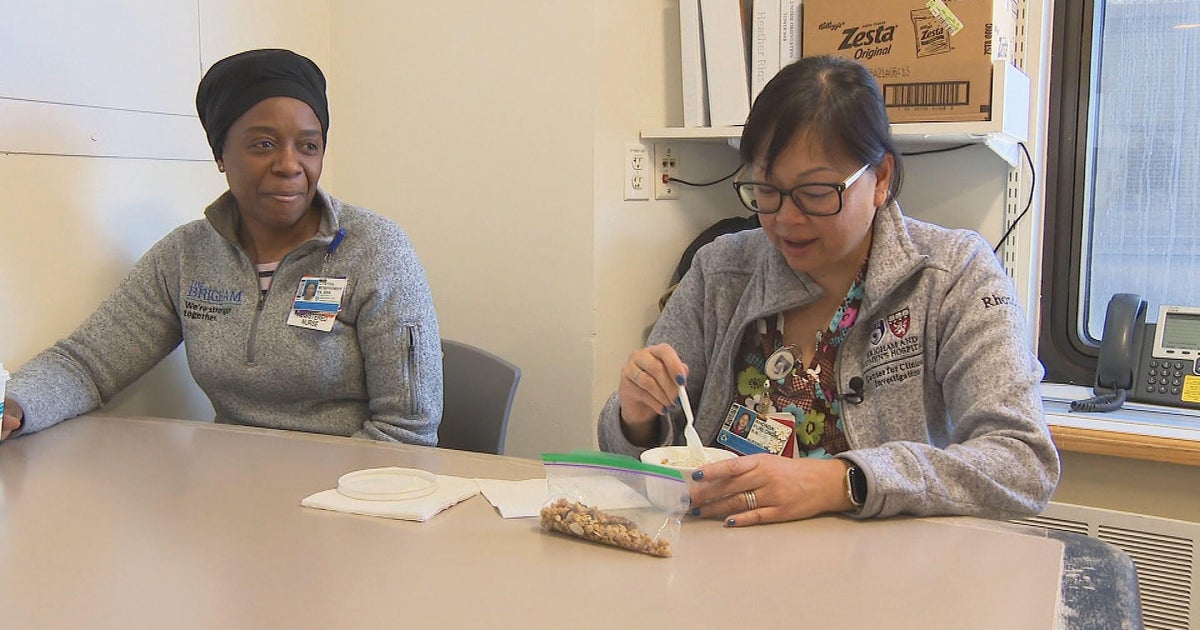Health Star Rating System in Australia: Is It Really Helping You Choose Healthy Foods?

For years, Australian shoppers have relied on the Health Star Rating (HSR) system to guide their food choices. But a leading nutritionist is now raising serious concerns, claiming the system is fundamentally flawed and potentially misleading families. Is this government-backed rating system truly helping us make healthier decisions, or is it a deceptive facade?
The Problem with the Stars
The Health Star Rating system, introduced in 2016, aims to provide a quick and easy visual guide to the nutritional value of packaged foods. Products are rated from 0.5 to 5 stars, with higher ratings indicating healthier options. However, according to prominent nutritionist [Nutritionist's Name - *replace with actual name if available*], the system's methodology is deeply flawed. The rating is based on a complex formula that considers factors like sugar, salt, fat, and fibre content. However, critics argue that it heavily favors processed foods that are fortified with fibre or have reduced fat, even if they are still high in sugar or other unhealthy ingredients.
“The problem is that manufacturers can manipulate the system to boost their ratings without significantly improving the nutritional profile of their products,” explains [Nutritionist's Name]. “We’re seeing sugary cereals and processed snacks receiving surprisingly high ratings, while genuinely healthy whole foods are often overlooked.”
How Manufacturers Game the System
One common tactic is to add fibre to processed foods, which boosts the rating without necessarily making the product healthier overall. For example, a breakfast cereal loaded with added sugar might receive a high rating simply because it contains a decent amount of fibre. Similarly, manufacturers can reduce fat content while increasing sugar or salt to maintain palatability, resulting in a higher rating despite the product's overall lack of nutritional value.
The Impact on Consumers
The nutritionist's concerns are particularly worrying for parents who are trying to make healthy choices for their children. Relying on the HSR system can lead them to believe they are buying nutritious options when, in reality, they may be choosing products that are high in sugar, salt, or unhealthy fats. This can contribute to poor dietary habits and increase the risk of health problems down the line.
What Can You Do?
- Don't rely solely on the HSR: Look beyond the stars and carefully read the nutrition information panel.
- Focus on whole foods: Prioritize fresh fruits, vegetables, lean proteins, and whole grains.
- Be wary of processed foods: Even products with high HSR ratings can be high in sugar, salt, or unhealthy fats.
- Educate yourself: Learn about healthy eating guidelines and how to interpret nutrition labels.
The Future of the HSR
The nutritionist’s criticism highlights the need for a more robust and transparent food labelling system. Calls are growing for a review of the HSR methodology to address its shortcomings and ensure it accurately reflects the nutritional value of foods. Until then, consumers need to be aware of the system’s limitations and make informed choices based on a combination of factors, not just the Health Star Rating.
Ultimately, the responsibility for making healthy choices rests with the individual. By being informed and discerning shoppers, we can navigate the complex world of food labelling and prioritize our health and well-being.






